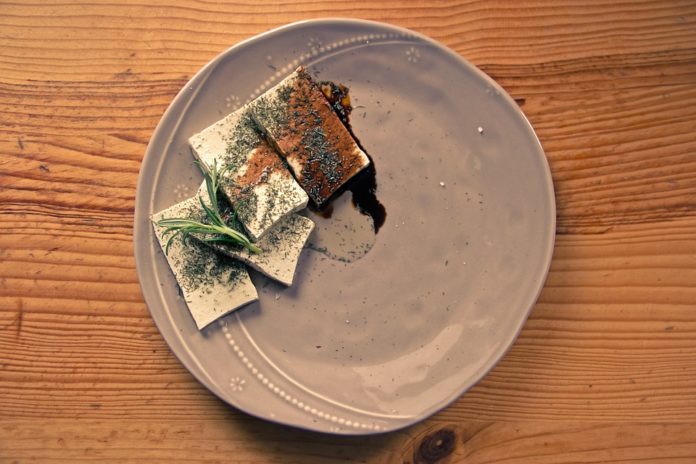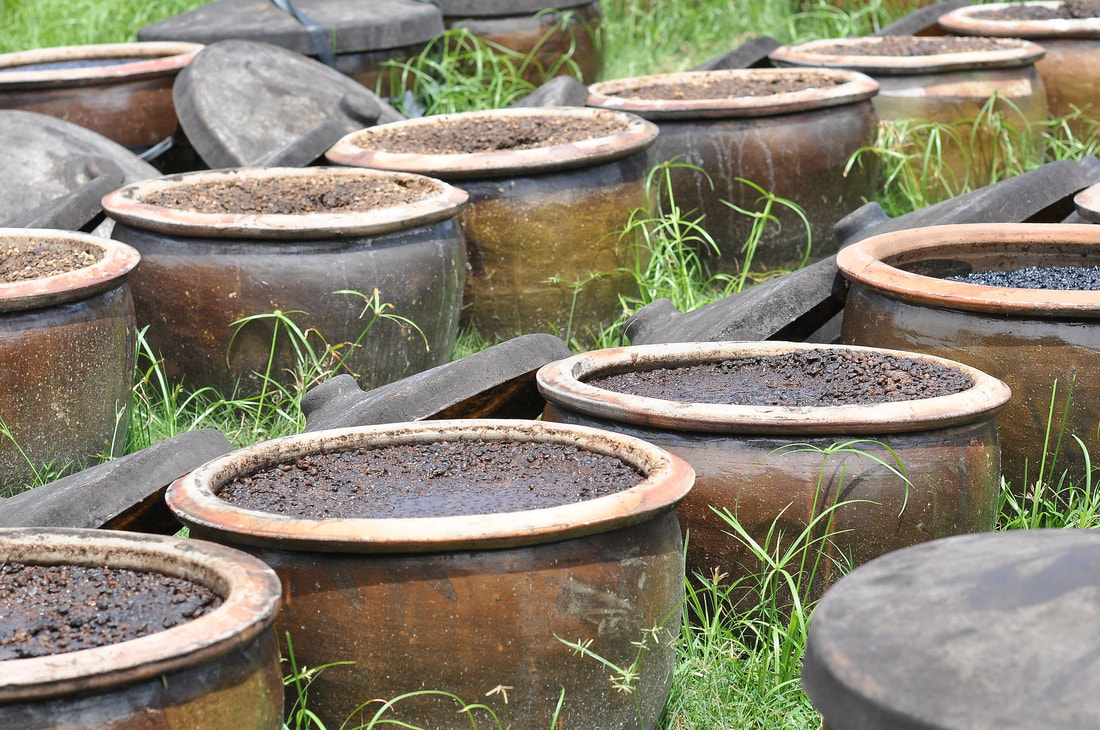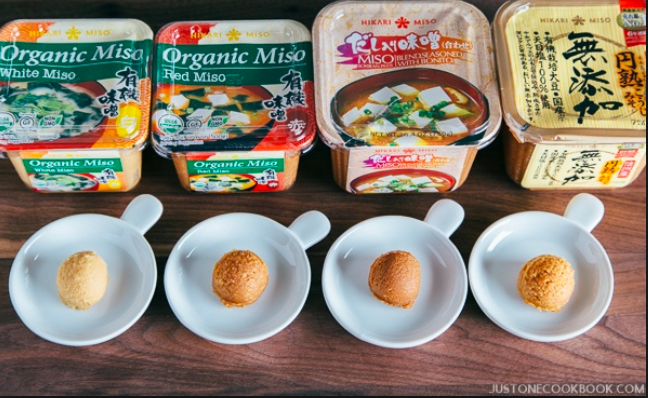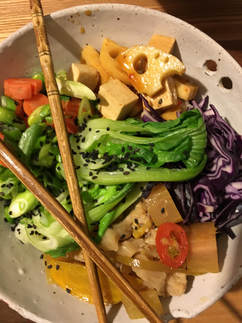
Yes, there are differences between soy sauce and tamari: While both are derived from soy through fermentation, they surprisingly have different taste profiles largely due to the presence of wheat. Soy sauce always contains wheat (beware, you gluten-free folks) and tamari has little-to-no wheat. Yes, you may actually find brands of tamari out there that do contain wheat (ahem, gluten), but the label will indicate if it is gluten-free or wheat-free.
The next key distinction is the country of origin:
Soy Sauce: A Chinese byproduct of soy products now made throughout Asia.
Tamari: A Japanese byproduct of miso paste, typically less salty (read your labels), and thicker.
Production of soy sauce vs. tamari
Soy sauce is made through fermentation or by hydrolysis (chemically engineered), with different methods and durations of fermentation and water, salt content, soy, and other non-specific added ingredients. Therefore, there are remarkable differences in flavor between soy sauce brands. You’ll have to test them all, or whatever you can find, and choose the one that makes your personal taste buds scream for more.
Traditionally speaking, soy sauces take months to make. For simplicity’s sake, the sauce is made by mixing roasted/cracked grains with cooked soy beans, mold cultures, and yeasts in brine. Here are the steps in case you want more deets:
- Soak and cook: soy beans in water, separate from wheat, which is roasted and crushed
- Koji culturing: 50/50 grain to soy ratio mixed with spores
- Brewing: proceed to mix in salt brine and ferment until mold develops (length of mold time varies)
- Pressing: separate solid from liquid
- Pasteurization: raw soy sauce is treated
- Storage: aged until desired taste is achieved
Non-traditionally speaking, acid-hydrolyzed soy protein, instead of [traditionally] brewed, is used and cuts down the time from months to just a few days by the magic of science.

Tamari, the “original” Japanese soy sauce
Tamari, on the other hand, is the liquid run-off from miso paste, fermented soybeans with salt, and koji [a more specific fungus, Aspergillus oryzae], rice barley, or other ingredients. Typically, the ratio of wheat and other grains to soy is much smaller than soy sauce. Therefore providing people with Celiac disease, sensitivities or an intolerance with an alternative to soy sauce, means, they too, can enjoy the something similar in flavor.
Now, the steps of producing tamari:
- Soak and cook: soy beans in water, separate from wheat (sometimes used) along with other grains (barley, rice, buckwheat, rye hemp seed), which is roasted and crushed
- Koji culturing: grain blend mixed with Aspergillus oryzae
- Brewing: fermentation time ranges from 5 days to several years
- Extraction: liquid is extracted from the paste (aka miso)
- Pasteurization: raw tamari is treated
- Storage: aged until desired taste is achieved

Battle of the sauces

Asian Grain Bowl (vegan)
Serves 2
Ingredients:
8 oz tofu, cubed
1 tablespoon sesame oil
1 tablespoon rice wine vinegar
5 tablespoons tamari or soy sauce
1” piece grated ginger
1 cup short grain brown rice, rinsed and drained
8 baby bok choy, sliced in half
1/2 cup lotus, bite sized pieces
1/2 cup assorted vegetables (carrot and red cabbage shown)
1 cup assorted pickled vegetables*(optional)
Directions:
1. In a pot, add 1 ¾ cup water with rice and 1 tablespoon tamari. Bring to a boil, reduce to a simmer and cook, about 40 minutes.
2. Meanwhile, in a mixing bowl, toss the tofu and lotus in the following marinade ingredients: sesame, rice wine vinegar, and grated ginger. Allow to sit until you begin assembling the bowls.
3. Ten minutes before the rice is finished, assemble your steamer and begin heating the water, about ½ “ high in the pan holding the steamer. When ready to steam, place bok choy in steamer and cook for 3-5 minutes.
4. Assemble each bowl, dividing each of the ingredients equally: rice, bok choy, tofu, lotus, carrot, red cabbage, pickled vegetables, and drizzle some of the leftover tofu marinade on top (green onions and sesame seeds make for great garnishes if you want to be showy). You can choose any kind of pickled vegetables, including: carrot, asparagus, beets, green beans, watermelon, cucumbers (quick pickles), or radish variety.
Sauce suggestions:
I recommend keeping both sauces stocked in your kitchen to experiment in your recipes. Swapping out one for another will certainly change the flavor, but it won’t affect the overall dish in terms of ‘turning out’.
Looking for more recipes to experiment with using soy sauce/tamari? No worries, I’ve got you covered:
- peanut sauce
- lotus root, carrot, & daikon slaw
- Make your own fried rice: toss soy sauce/tamari in leftover rice sautéed with scrambled egg and veggies (bok choy, mushrooms, carrot, onion).
This article by Ranelle Kirchner originally appeared in the food writing section of ranellekirchner.com.
Read this article next: Protein from places other than meat, soy products
















